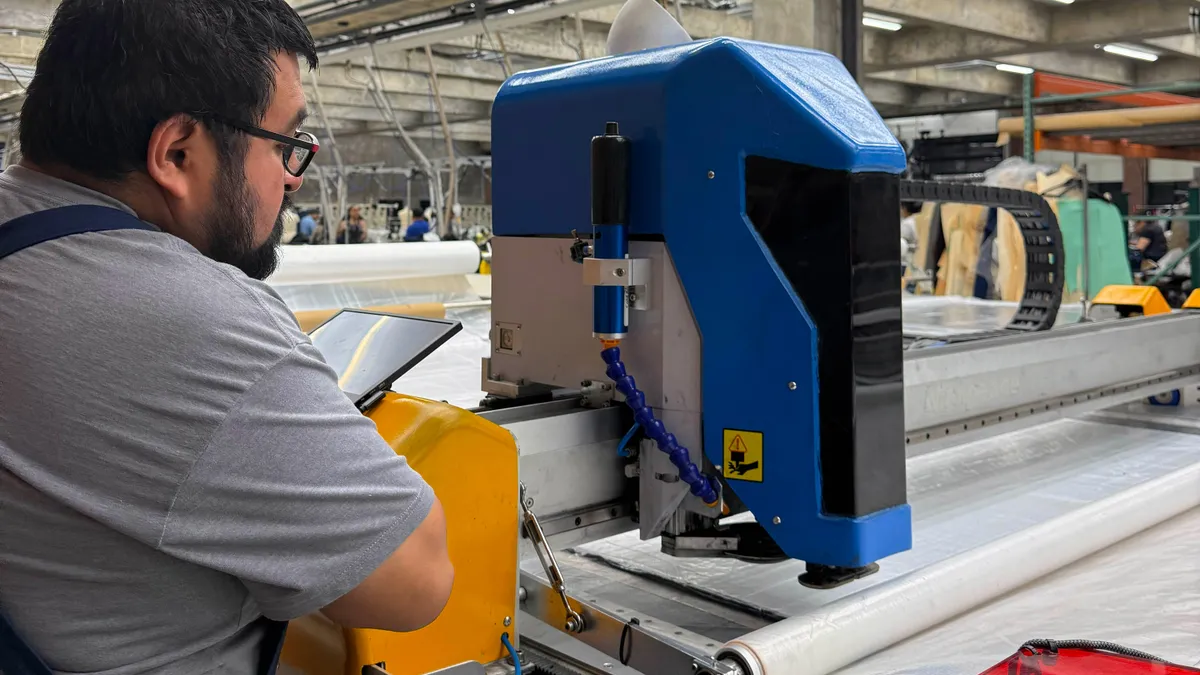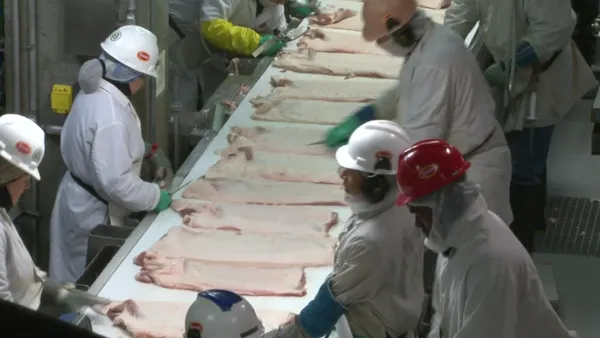Chemical manufacturers are increasingly turning to artificial intelligence to enhance operations.
AI usage in the chemical industry has particularly increased over the last five years, Seneca Fitch, director of the health sciences practice at scientific consulting firm ToxStrategies, said at a GlobalChem conference panel in Washington, D.C. last week.
Fitch was joined by Rebecca Morones, a senior product steward at BASF, and Sean Watford, an environmental systems and information scientist at the U.S. Environmental Protection Agency, to discuss how they use AI and how to train the technology to give the answers needed.
AI can be used to perform risk assessments, as well as simplify and summarize laws with hundreds of pages, such as the Toxic Substances Control Act, to help companies stay compliant.
Data management, Fitch added, is an important use of the technology, but only if manufacturers start with quality data.
“Garbage in equals garbage out. We've heard that saying a lot, and so it's very important that we are using optimal data when we are training models, so that we are making sure to get the most valid and reliable results,” Fitch said.
AI hallucinations can skew results
Morones said she uses Microsoft Copilot to summarize information, such as EPA risk evaluations. She noted, however, that while the platform provides highlighted outlined points, it does not perform an in-depth analysis of information, Morones said.
“You still have to read the documents,” Morones said. “But I feel like there's also 200 pages it's sifting through, which does at least help get you to kind of where you're looking for and give you a great oversight.”
However, AI can pull incorrect data, also known as hallucinations, Morones added. Her colleagues have asked AI for the density of a safety data sheet or what a TSCA fee is, and the platform found an incorrect answer.
“So if your businesses are using this, and I do caution that, just make sure that they are aware of these hallucinations,” Morones said. “And anytime it comes to regulatory aspects, you should probably have them come to the regulatory experts. Don't rely on what they're seeing or what they're doing.”
At other times, the technology may pull up references that appear legitimate but actually do not exist, Fitch said, adding that any information generated by an AI model should be independently verified by staff to ensure its validity.
“With that lesson, it's really important that not only are we reviewing the things that are coming out of any AI model, but also that we're verifying them,” Fitch said. “Because something could certainly sound logical, it could certainly look real, and yet it's not. It's false information and that hallucination, that's not rare.”
Leveraging prompt engineering
To obtain the necessary answers to queries, manufacturers will need to use prompt engineering to train the technology.
“I think that the most practical advice is that it is a computer and it uses logic,” Fitch said.
Morones described prompt engineering as instructing a computer to perform a simple task, such as how to make a peanut butter and jelly sandwich. “It's not going to understand, ‘Grab two slices of bread,’” Morones said. “You have to be very specific for what you're doing.”
One strategy the EPA uses to reduce hallucinations through prompt engineering is to ask the model the same question multiple times, to ensure consistency in answers, Watson said. “If the question or the task might be repeated over and over again, you want to ensure that you're getting similar performance for each iteration of the task,” Watson said.
If companies are interested in exploring AI for regulatory purposes or efficiency, Morones said qualified employees should be involved in its development.
“You’re the one that understands better than AI is going to understand,” Morones said. “You know what you're looking at, what you need to find.”













